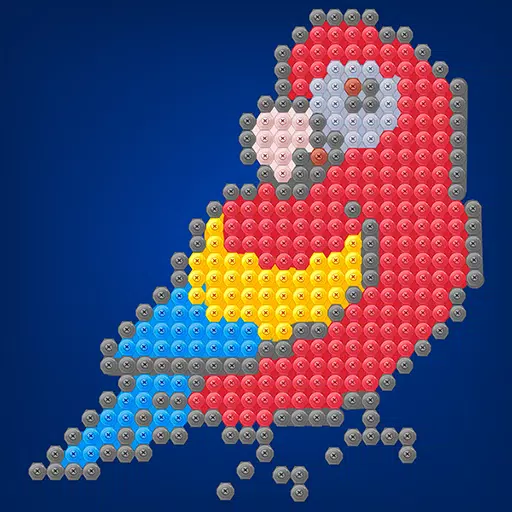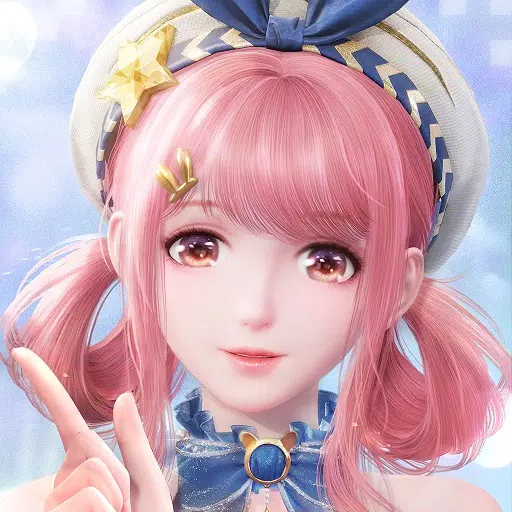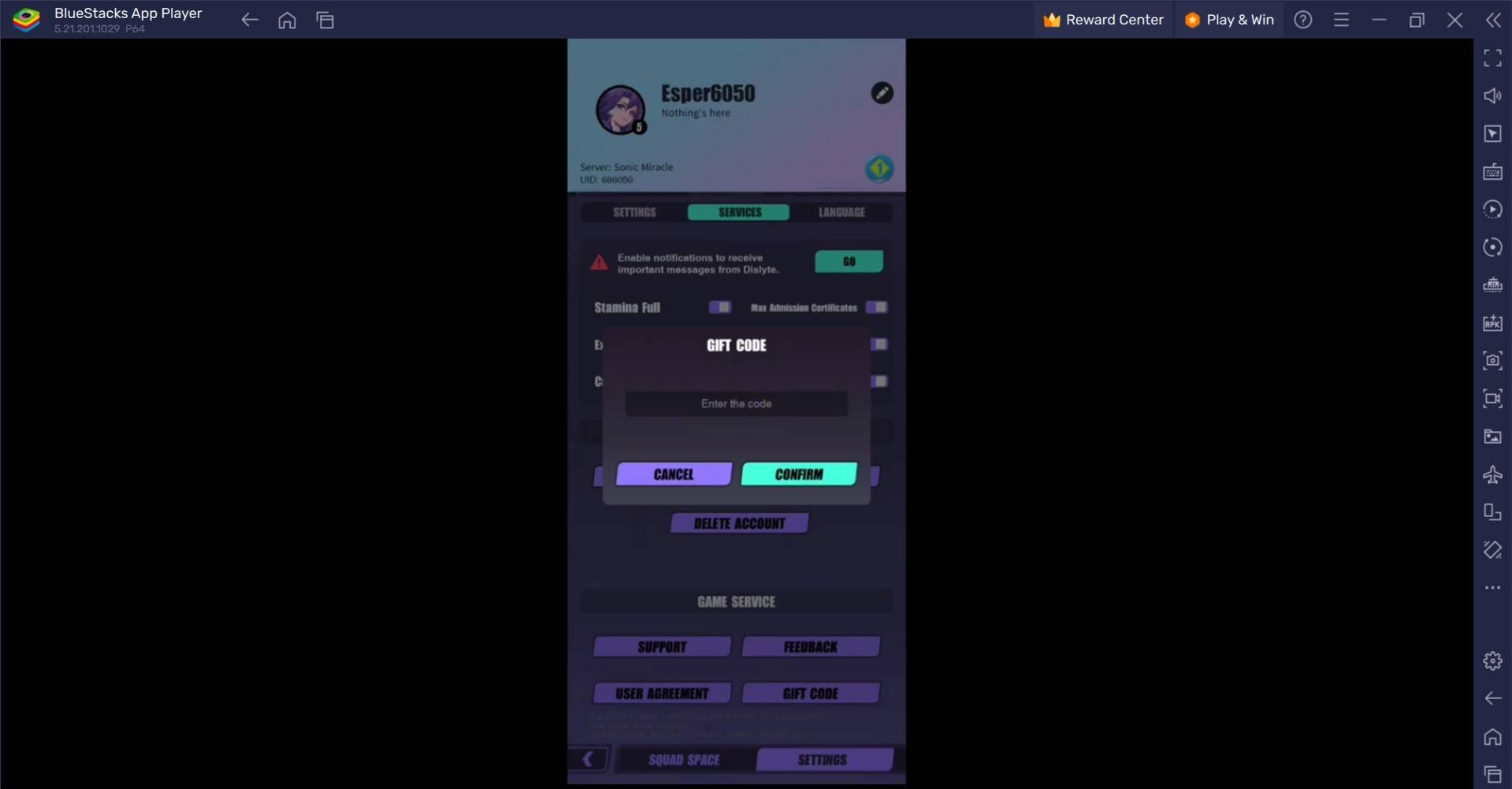
Former Nintendo employees have shed light on the intriguing differences in Kirby's appearance between the U.S. and Japan, offering insights into how the beloved pink puffball was tailored for Western audiences. Dive into this article to understand why Kirby's marketing varied across regions and how Nintendo approaches global localization.
"Angry Kirby" Was Made To Appeal To Wider Audiences
Nintendo Rebranded Kirby For More Appeal In The West
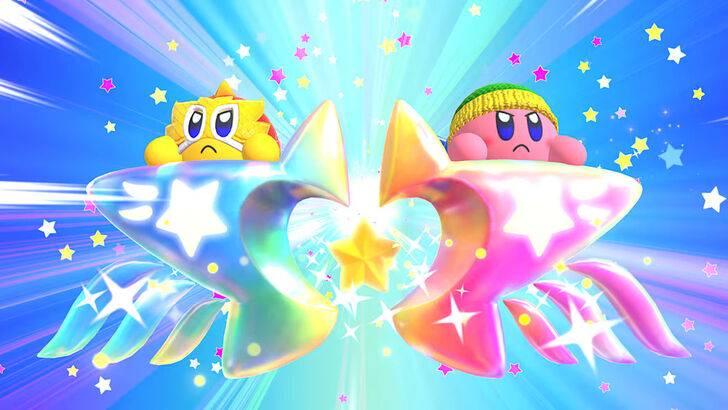
To resonate more with American audiences, Kirby's appearance on game covers and artworks was altered to project a fiercer, tougher image, earning the moniker "Angry Kirby" among fans. Leslie Swan, a former Nintendo Localization Director, elaborated on this strategy in a January 16, 2025, interview with Polygon. Swan clarified that the intent was not to make Kirby appear angry but rather to convey determination. She noted, "Cute, sweet characters are popular among people of all ages in Japan," while highlighting that "In the U.S., though, tween and teen boys tend to be drawn to tougher characters."
Shinya Kumazaki, the director of Kirby: Triple Deluxe, echoed this sentiment in a 2014 GameSpot interview, stating that while cute Kirby attracts more players in Japan, a "strong, tough Kirby that’s really battling hard" appeals more in the U.S. However, he pointed out that this isn't a one-size-fits-all approach, as seen with Kirby Super Star Ultra, which featured a tough Kirby on both U.S. and Japanese box art. Kumazaki emphasized that while they aimed to highlight Kirby's serious side in gameplay, the character's inherent cuteness remains a significant draw in Japan.
Advertising Kirby As "Super Tuff Pink Puff"

In an effort to broaden Kirby's appeal, particularly to boys, Nintendo branded Kirby as the "Super Tuff Pink Puff" for the 2008 release of Kirby Super Star Ultra on the Nintendo DS. Krysta Yang, a former Public Relations Manager at Nintendo of America, shared insights into the company's strategy to shift away from a "kiddie" image. Yang remarked, "There was certainly a period of time for Nintendo, and even gaming in general, to have a more adult/cool factor." She added, "Having a game that was labeled ‘kiddie’ was really a curse."
Nintendo's marketing deliberately emphasized Kirby's combat abilities and toughness to avoid pigeonholing the character as solely for young children. In recent years, as seen in promotional materials for Kirby and the Forgotten Land in 2022, the focus has shifted more towards gameplay and abilities rather than Kirby's personality. Yang observed, "There’s been a continued push to make Kirby into a more well-rounded character, but it’s true that most people still regard Kirby as cute versus tough."
Nintendo’s U.S. Localization For Kirby
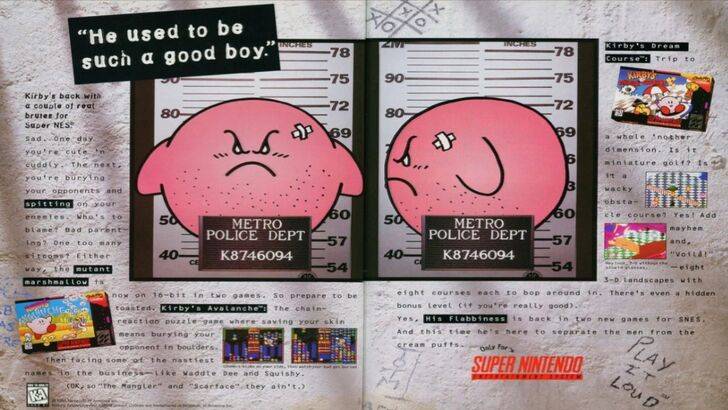
The divergence in Kirby's localization between Japan and the U.S. began with the 1995 "Play It Loud" campaign, which featured Kirby in a mugshot pose. Over the years, U.S. box art for games like Kirby: Nightmare in Dream Land (2002), Kirby Air Ride (2003), and Kirby: Squeak Squad (2006) showcased Kirby with sharp eyebrows and a stern expression.
Beyond facial expressions, Nintendo made other adjustments to appeal to Western audiences. The 1992 release of Kirby’s Dreamland on GameBoy marked the series' debut, with the U.S. box art depicting Kirby in a ghostly-white tone rather than the original pink hue used in Japan. This change was necessitated by the GameBoy's monochrome display, but it posed a challenge when Kirby's Adventure was released on NES in 1993, revealing Kirby's pink color. Swan noted, "A puffy pink character for boys who are trying to be cool just wasn’t going to get the sales that everybody wanted."
This realization prompted Nintendo of America to alter Kirby's facial expressions on U.S. box art to broaden its appeal. In recent times, Kirby's global advertising has achieved greater consistency, alternating between serious and gleeful expressions.
Nintendo’s Global Approach
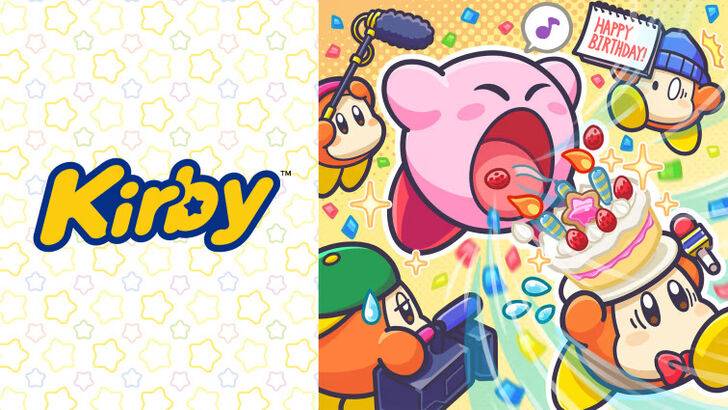
Both Swan and Yang have observed that Nintendo's approach has become more globally oriented in recent years. The collaboration between Nintendo of America and Nintendo's Japan office has intensified, aiming for more unified marketing and localization strategies. This shift moves away from regional variations, such as the distinct box art for Kirby, and avoids scenarios like the 1995 "Play It Loud" campaign.
Yang highlighted that the global audience's preferences haven't changed dramatically, stating, "It was a business strategy change to have more global marketing. It’s good and bad. Being global means consistency for the brand across all regions, but sometimes there is a disregard for regional differences." She expressed concern that this could result in "really bland, safe marketing for some of Nintendo’s products."
Game localizers attribute the current trend towards more uniform localization to the globalization of the gaming industry and the increasing familiarity of Western audiences with Japanese culture, including games, movies, manga, anime, and other media.
 Home
Home  Navigation
Navigation






 Latest Articles
Latest Articles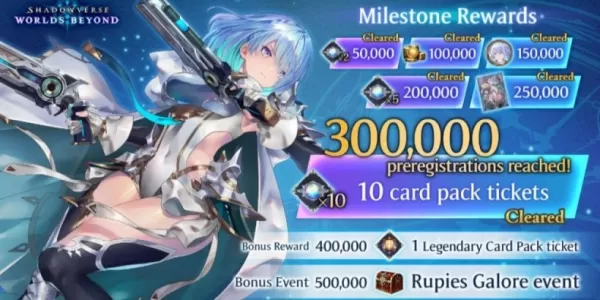









 Latest Games
Latest Games



